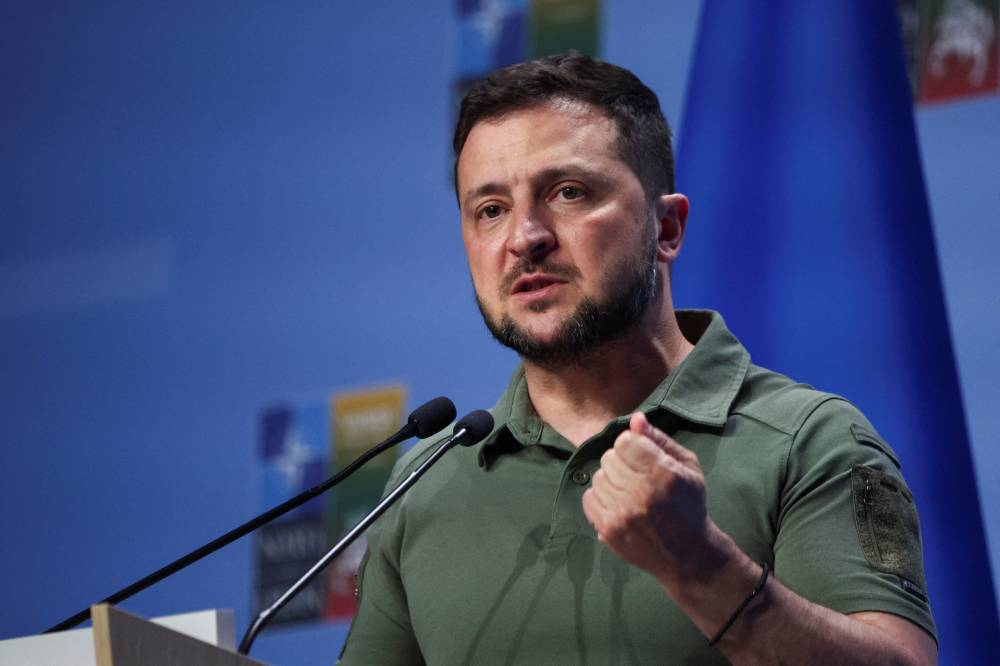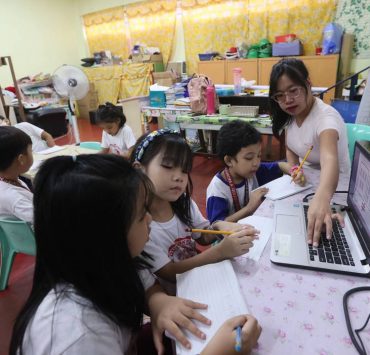Growing uncertainties in Asean security

Jakarta—The Indo-Pacific security order could face profound implications from the geopolitical developments that have occurred since June.
Recent developments point to an outlook for Asean that looks bleaker than ever.
First, Ukrainian President Volodymyr Zelenskyy spoke at the 21st Shangri-La Dialogue in June to promote the Peace Summit for Ukraine, held on June 15-16 in Switzerland. However, only four out of the 10 Asean member states attended the summit: Indonesia, the Philippines, Singapore, and Thailand.
Regardless of the reasons, the underwhelming attendance by Asean countries demonstrates that the grouping continues to lack a united position on the Russia-Ukraine war and more importantly, on the broader issue of addressing violations of international law and the United Nations Charter.
Some Asean leaders have espoused the notion of the grouping becoming a growing pole in a multipolar world that handles issues with its interests in mind, rather than through the prism of the great powers. After all, Asean has its merits, such as its various cooperative mechanisms, and 54 countries including Russia and Ukraine have acceded to its Treaty of Amity and Cooperation (TAC).
However, the persistent Russia-Ukraine war suggests that the treaty is a sidelined instrument to uphold the rules and norms that undergird international peace. The TAC is sacrosanct to Asean, as it is not an alliance that wields hard power. Hence, the grouping must exercise normative power to be taken seriously as a pole in the multipolar world, but it is floundering in this aspect.
The second development relates to the dispute between China and the Philippines in the South China Sea (SCS). The confrontation on June 17 near Second Thomas Shoal seemed like an escalation, as the Philippines reported that Chinese forces wielded bladed weapons for the first time, similar to the tactics seen during altercations between Chinese and Indian troops at the Himalayan border.
As the US-Philippines mutual defense treaty was not invoked, the red line that President Marcos mentioned during the Shangri-La Dialogue has not been crossed. Instead, the region may be witnessing an expansion of gray zone tactics in the SCS.
This confrontation reinforced the perception that the Code of Conduct is an exercise in futility or a demonstration of Asean’s normative powerlessness. Furthermore, Asean remained silent, even days after the confrontation had passed. If Asean chooses to stay quiet when similar incidents reoccur or to be vocal only when the red line is crossed, any repeat of the rhetoric of Asean centrality could appear fallacious, if not disingenuous.
The third development is that the Chinese premier’s visit to Malaysia and the Russian president’s visit to Vietnam came as backdrops to Malaysia’s and Vietnam’s interest in joining BRICS, which has evolved into a grouping that offers an alternative to the Western-led multilateral order. Other Asean countries—Cambodia, Laos, Myanmar, and Thailand—have also expressed various levels of interest.
While the expansion of BRICS membership and the China-India rivalry might make the grouping more incoherent, it is nonetheless clear that some Asean countries see potential value in joining the organization. This value includes reducing reliance on the dollar, which the US has weaponized as a policy tool.
However, as China’s assertiveness in foreign policy and as an economic power make it a dominant party in BRICS, Asean countries that become BRICS members may find it difficult not to pander to China’s sensitivities relating to the SCS.
This scenario also envisages the Philippines facing an increasingly lonely struggle for sovereign rights in the SCS and aligning even closer to the US’ network of allies. Singapore could find itself in a similar position, given its relative closeness to the West and strong advocacy of international law, as seen from its support for the Permanent Court of Arbitration’s 2016 ruling on the SCS and sanctions imposed on Russia for invading Ukraine.
Where does it leave Asean as a normative entrepreneur and driver of regional security cooperation if its members and partners become even less like-minded and begin looking at non-Asean security (and economic) initiatives even more?
The rise of new minilaterals like AUKUS and JAPHUS essentially cast a shadow of rivalry on the region, instead of the cooperation envisioned by the Asean Outlook on the Indo-Pacific that Indonesia spearheaded. Now, the region faces the idea of a new security architecture that Putin proposed during his visit to Vietnam and after Russia signed a new defense pact with North Korea.
The grouping expects the Asean Political and Security Community Strategic Plan for Asean Community Vision 2045 to be ready by the end of 2024 and adopted in 2025. But it might want to take a step back and examine the potential implications of these recent geopolitical developments. The Jakarta Post/Asia News Network
—————-
Muhammad Faizal Bin Abdul Rahman is a research fellow with the Regional Security Architecture Programme at the Institute of Defence and Strategic Studies, S. Rajaratnam School of International Studies. The views expressed are his own.

















